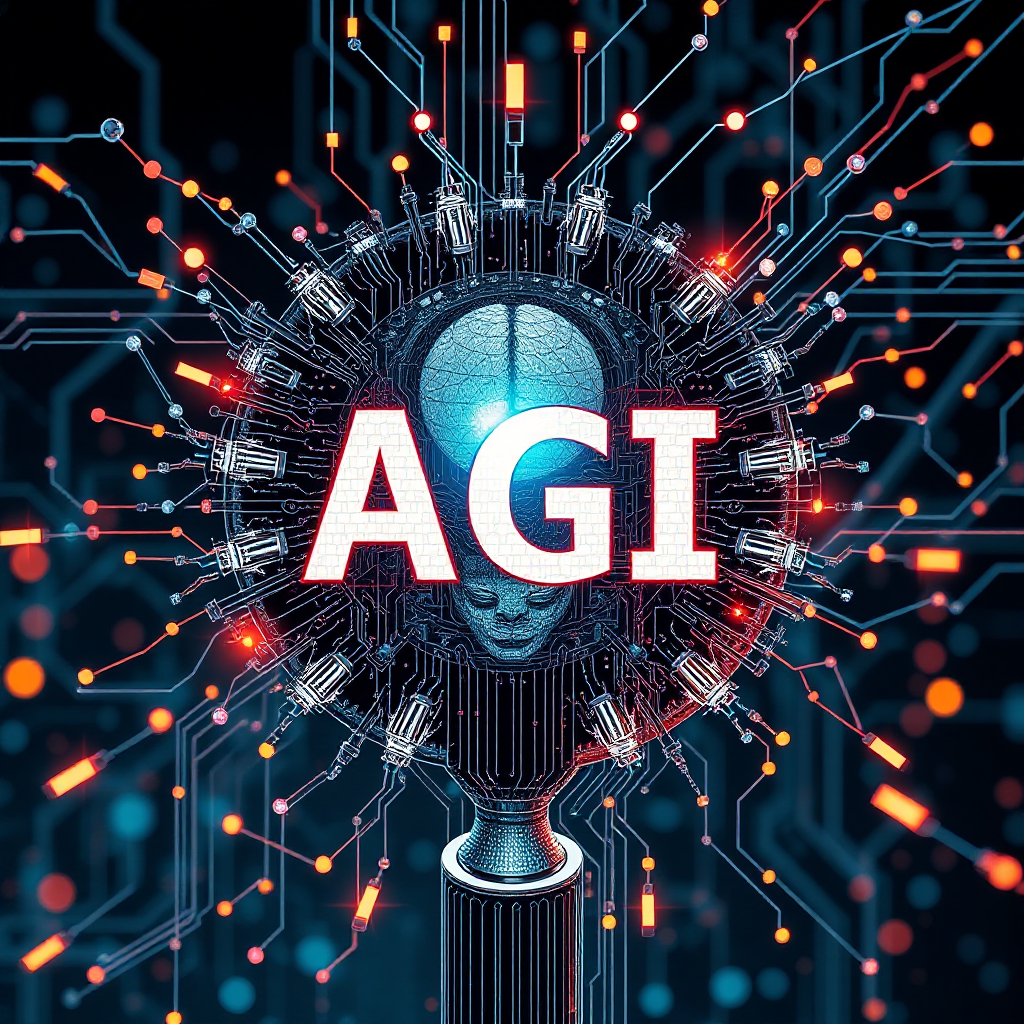
Artificial General Intelligence, or AGI, is one of the most fascinating-and sometimes debated-topics in technology today. Unlike the AI tools we use now, which are designed for specific jobs like recommending movies or recognizing faces, AGI refers to machines that can think, learn, and solve problems across a wide range of tasks-just like a human can. In other words, AGI aims to create a machine that can reason and understand the world broadly, not just follow pre-set instructions. This breakthrough could change how we live, work, and interact with technology in ways we can barely imagine.
What sets AGI apart from today’s AI systems is its incredible flexibility and adaptability. Current AI models, such as ChatGPT-4 or Google’s Gemini, are impressive at handling language, generating content, or assisting with specific tasks-but they’re limited to what they’ve been trained on. AGI, however, would be capable of tackling any intellectual challenge a human faces, learning from scratch, adapting to new situations, and improving continuously without needing constant human guidance.
But the journey to AGI isn’t just about building smarter machines-it also raises deep philosophical and ethical questions. If machines can think and make decisions like humans, what rights should they have? Who is responsible if an AGI system causes harm? These questions are no longer just science fiction. As companies like OpenAI, DeepMind, and Anthropic push forward in developing AGI, they’re calling for global cooperation to create ethical guidelines, safety measures, and transparency to ensure this powerful technology benefits everyone.
From an economic standpoint, AGI holds the promise of unlocking extraordinary productivity. Imagine intelligent agents managing entire companies, diagnosing complex diseases, or conducting scientific research at lightning speed. AGI could spark a new wave of innovation, transforming industries like healthcare, education, finance, and logistics by working alongside humans to solve some of the world’s toughest problems. But with this promise comes challenges-such as job displacement, potential biases, and over-dependence on machines.
Some experts believe AGI is still decades away, pointing to the massive technical and cognitive challenges ahead. Others argue we’re closer than ever, as today’s advanced AI models already show surprising abilities to generalize and reason beyond their original programming. While true AGI hasn’t arrived yet, the rapid advances in machine learning, neural networks, and multi-modal AI suggest the line between narrow AI and general intelligence is starting to blur.
A crucial piece of the AGI puzzle is alignment-making sure that the goals of these intelligent systems match human values and intentions. Researchers are focused on this, using techniques like Reinforcement Learning from Human Feedback (RLHF) to teach AI not just what’s correct, but what’s right and beneficial for people. Getting alignment right is key to ensuring AGI becomes a helpful partner, not a threat.
As we get closer to AGI, the conversation needs to include more than just scientists and engineers. Policymakers, educators, ethicists, and everyday people must all have a say in shaping how AGI develops and is used. Public understanding and involvement are essential to make sure the future of AGI is fair, safe, and democratic-not controlled by just a handful of corporations or governments. Learning about AGI and engaging in these discussions is the first step toward a future where this powerful technology works for all of us.






